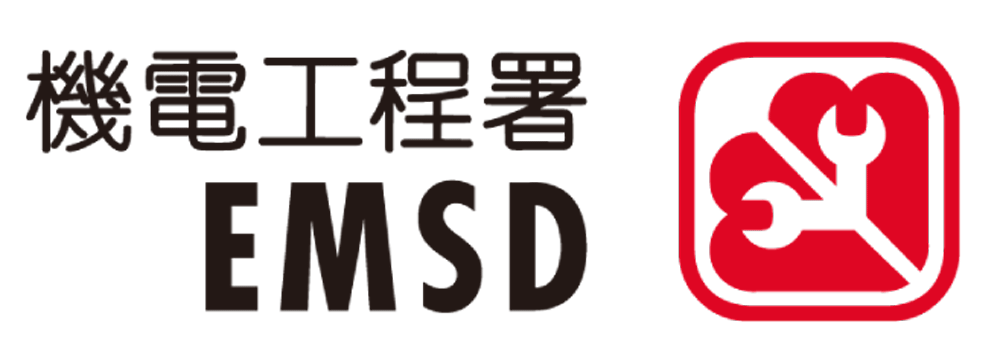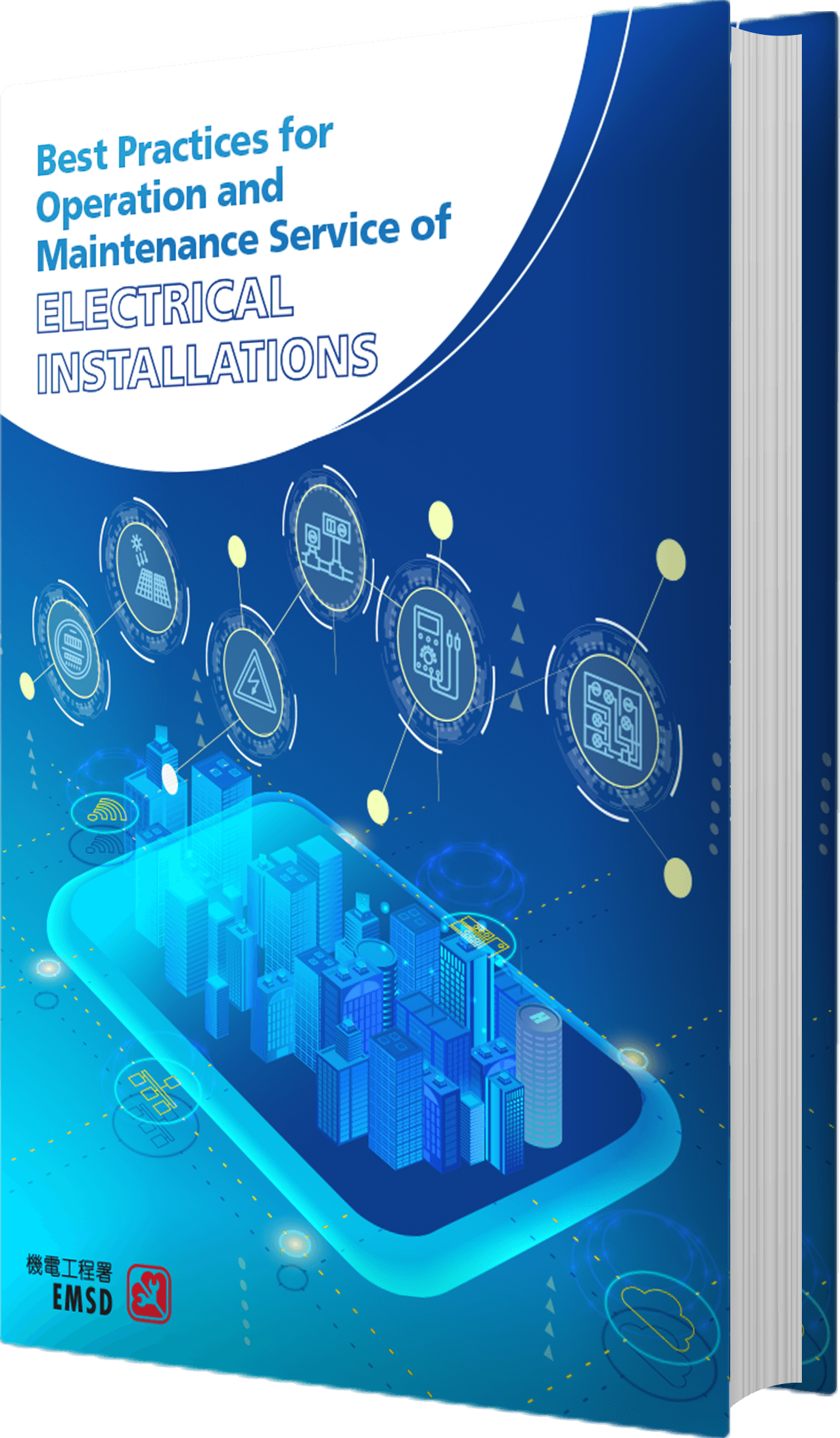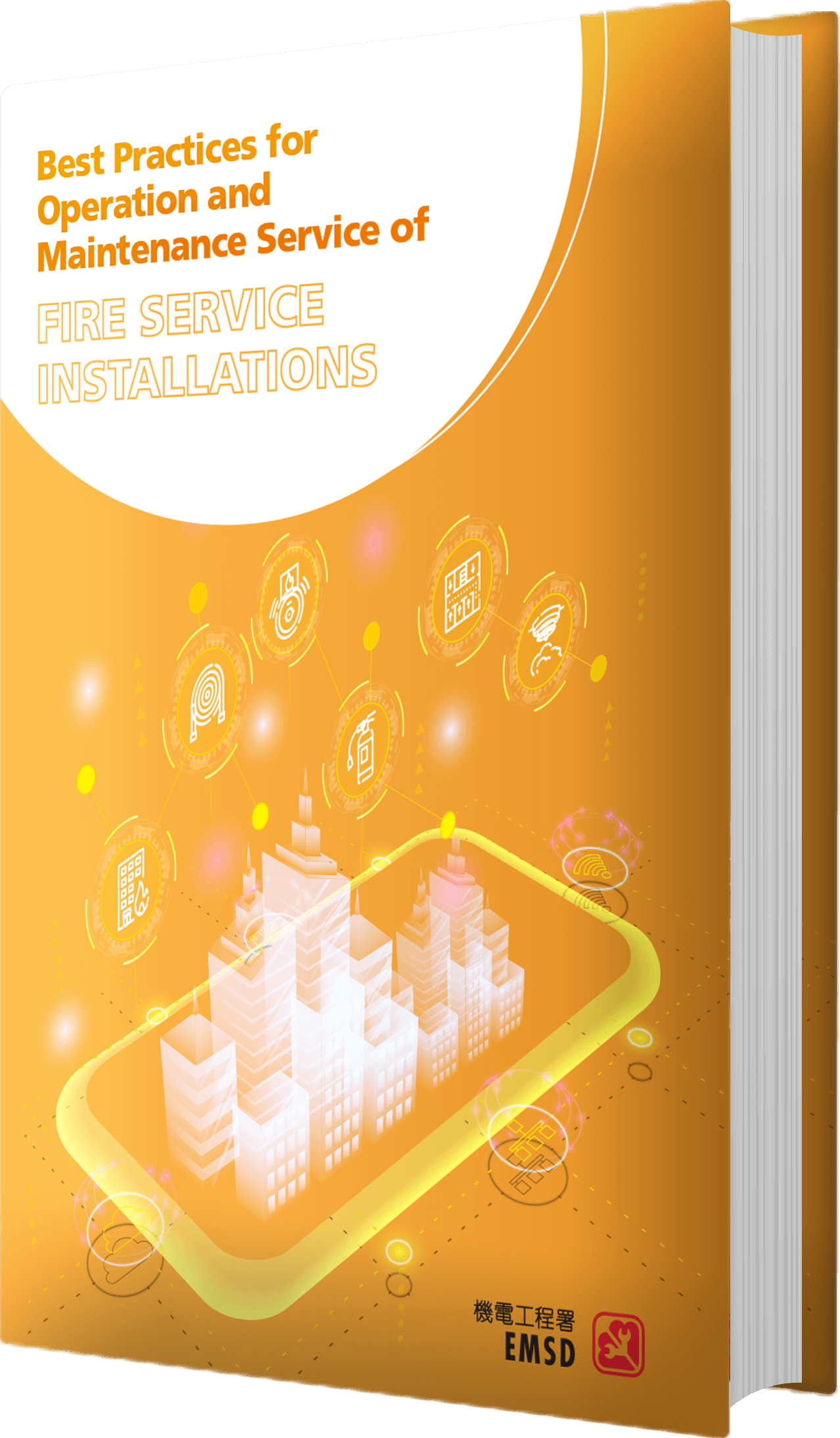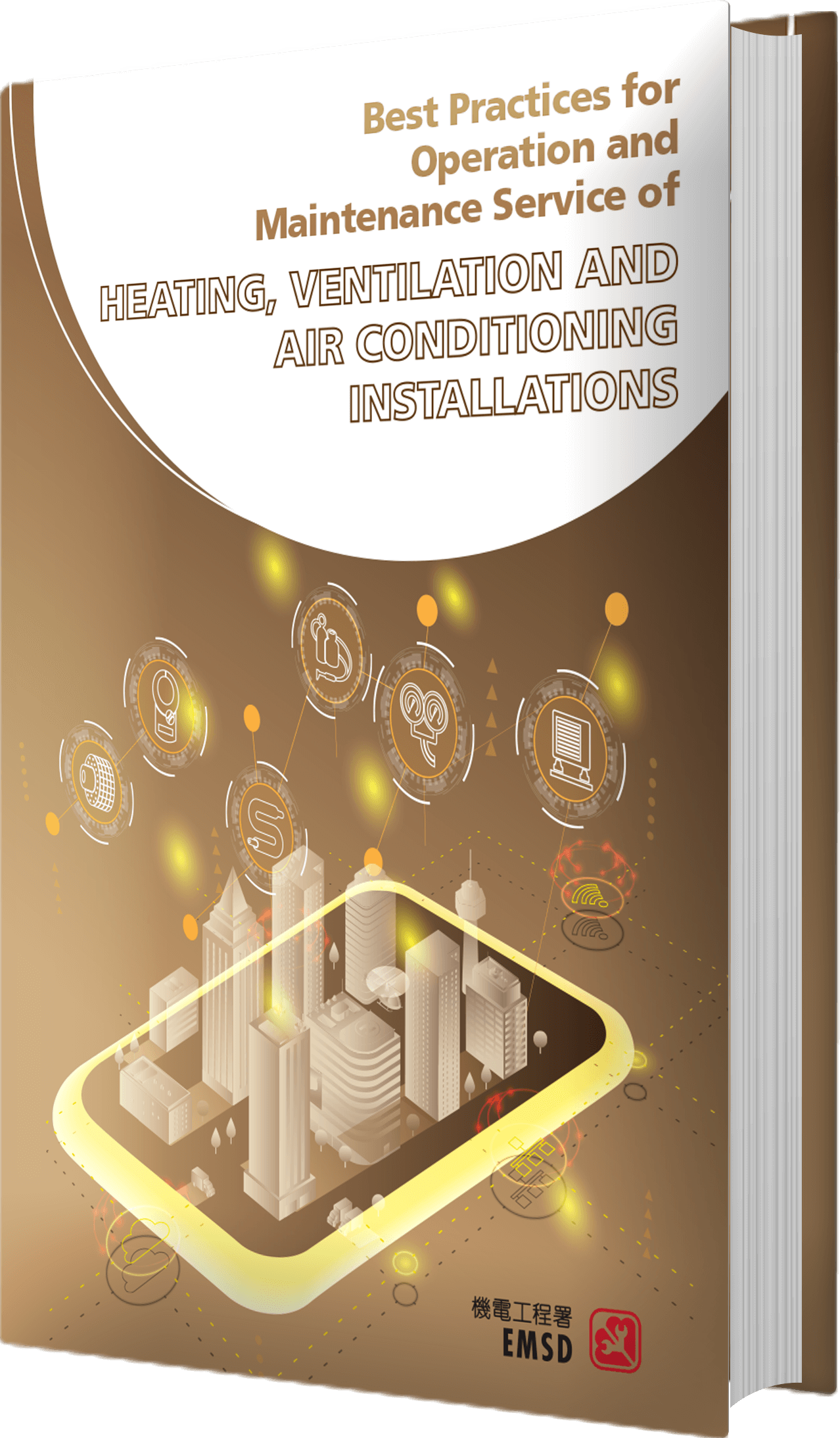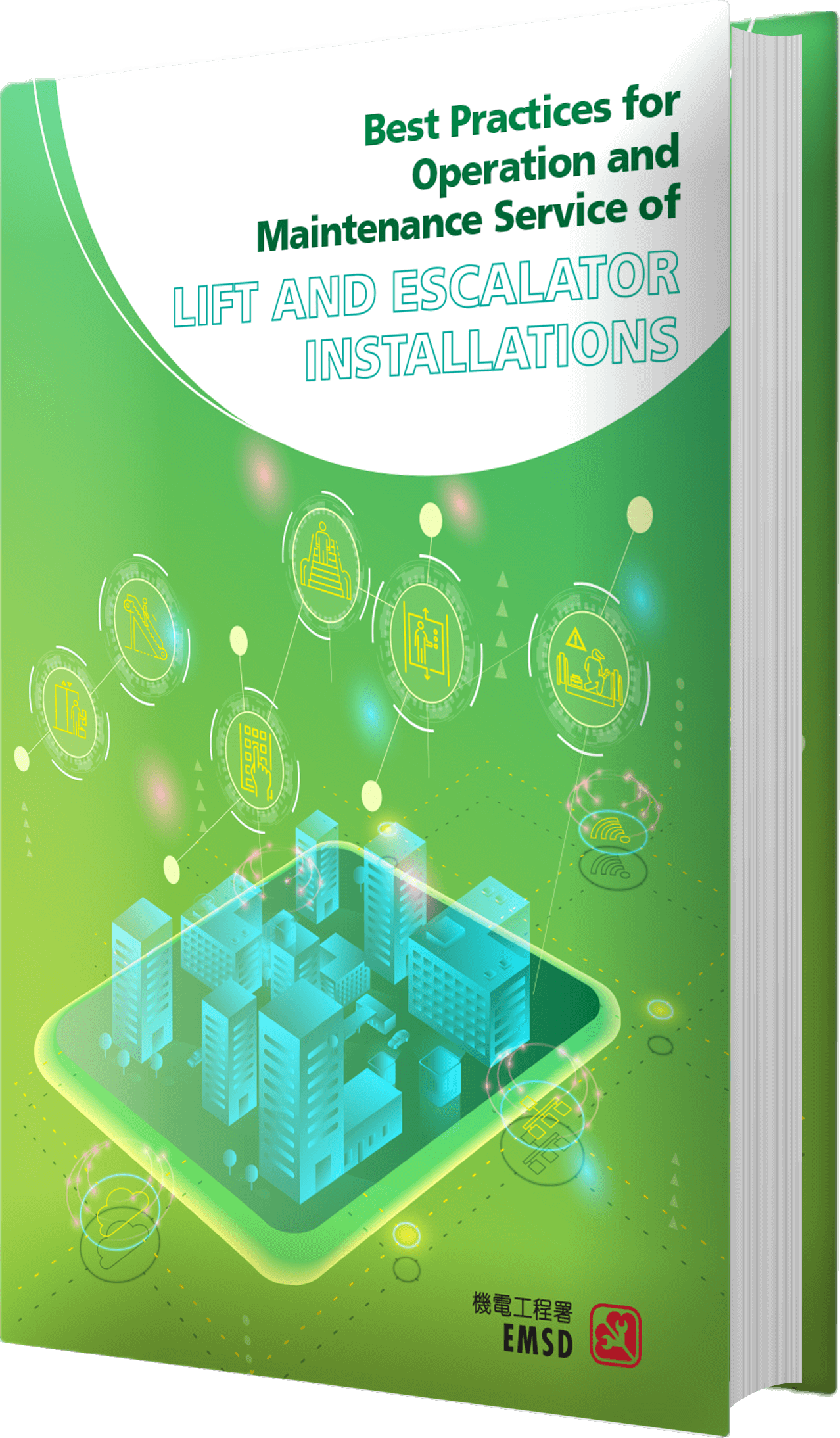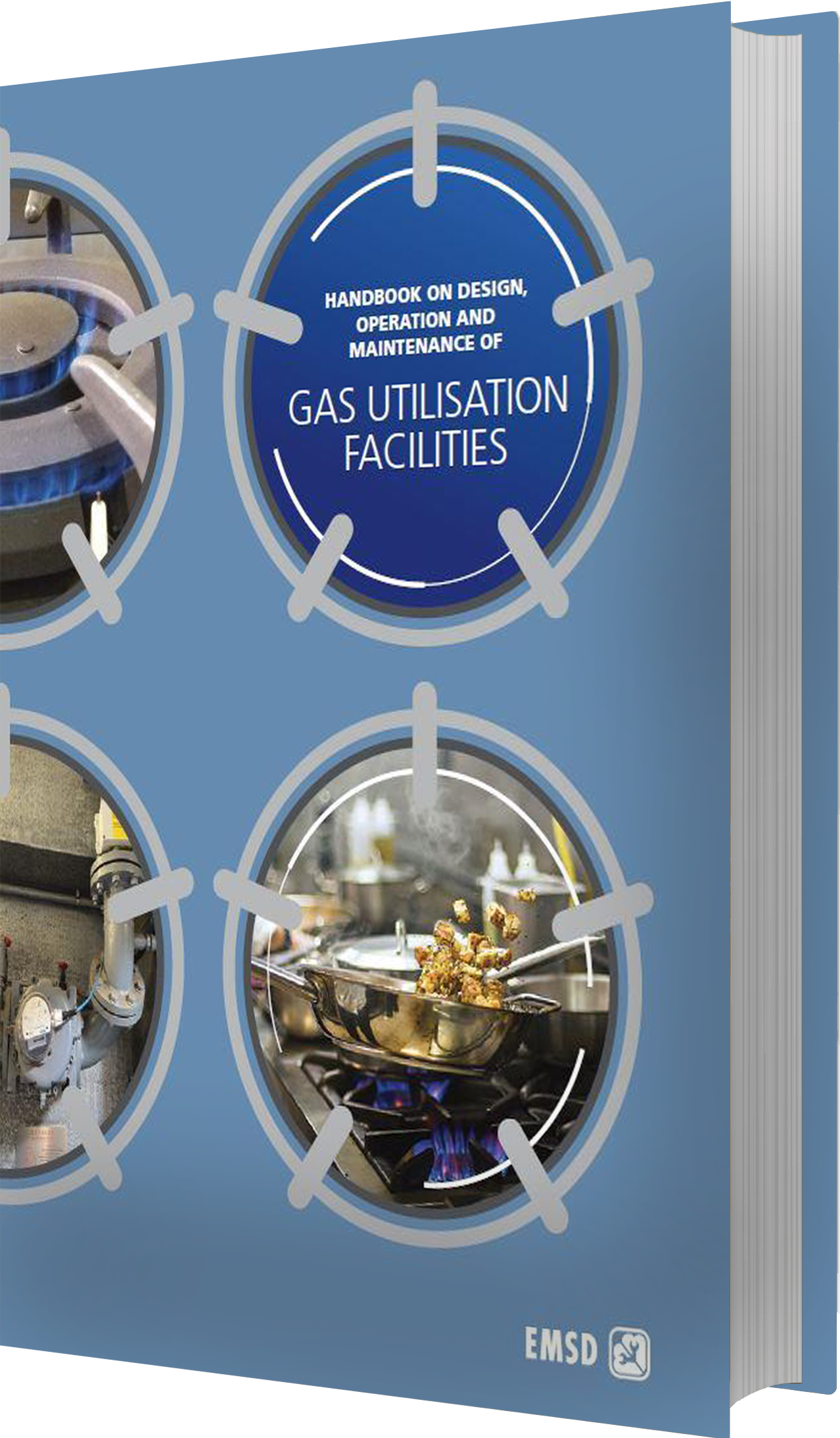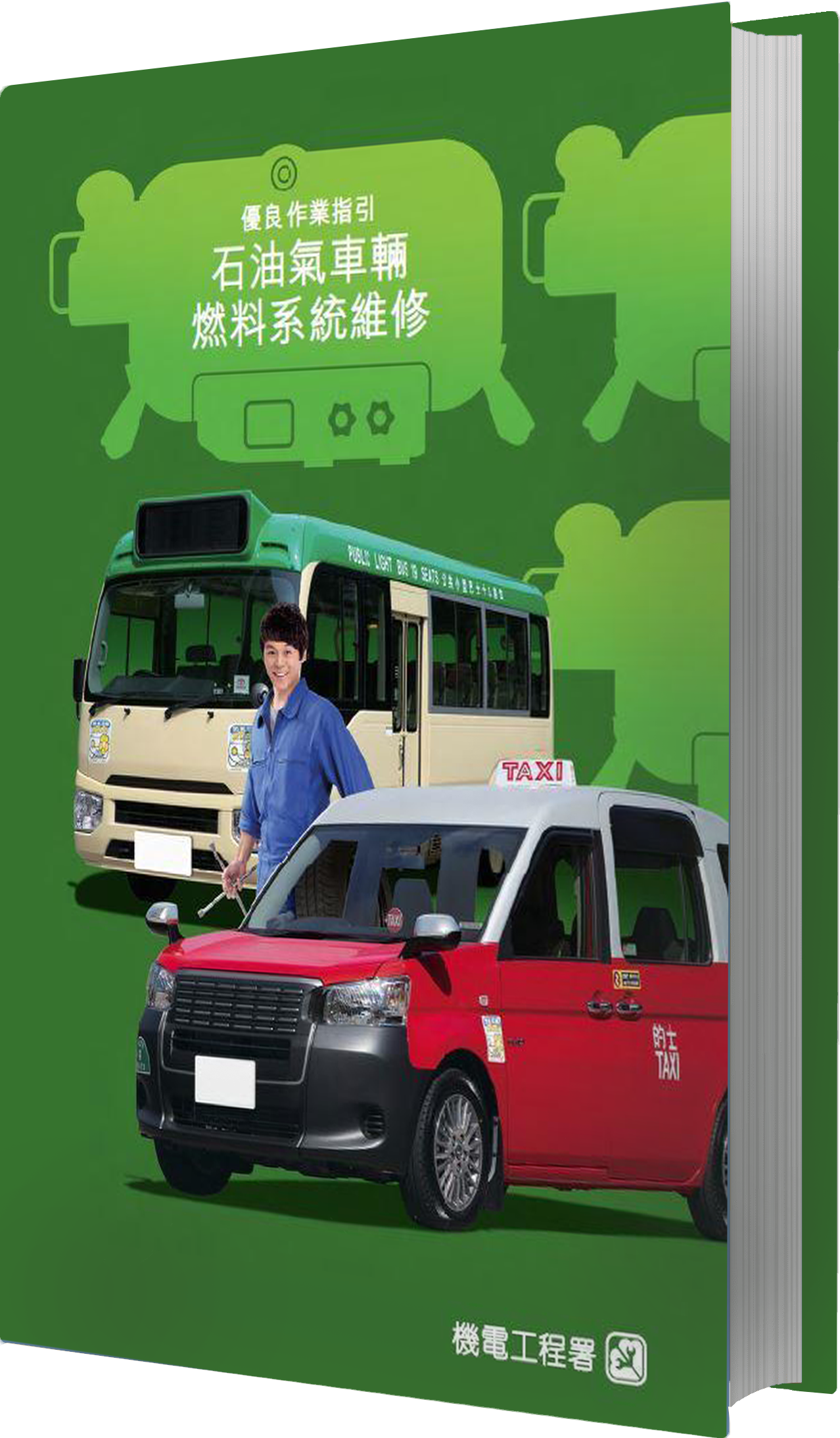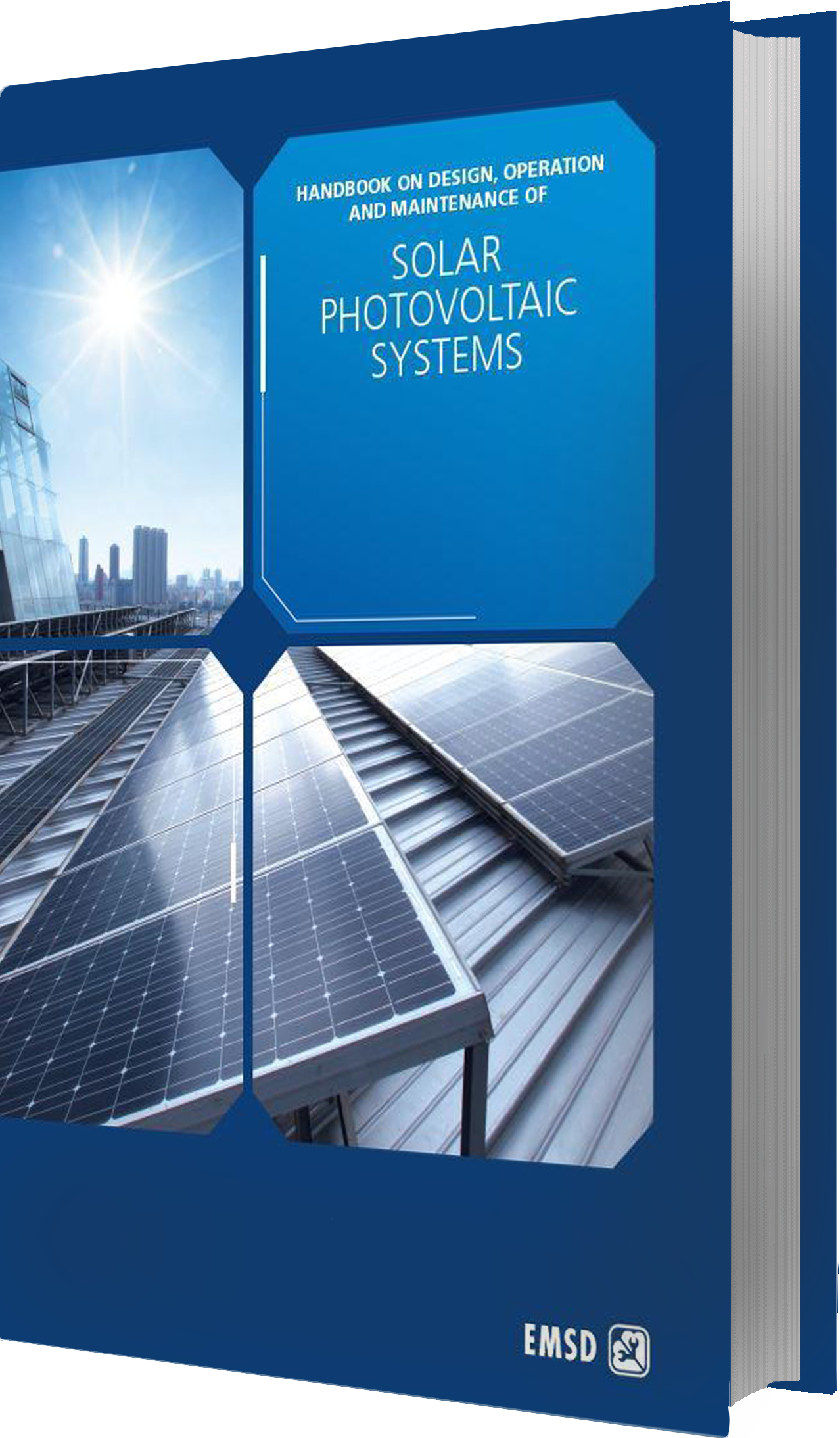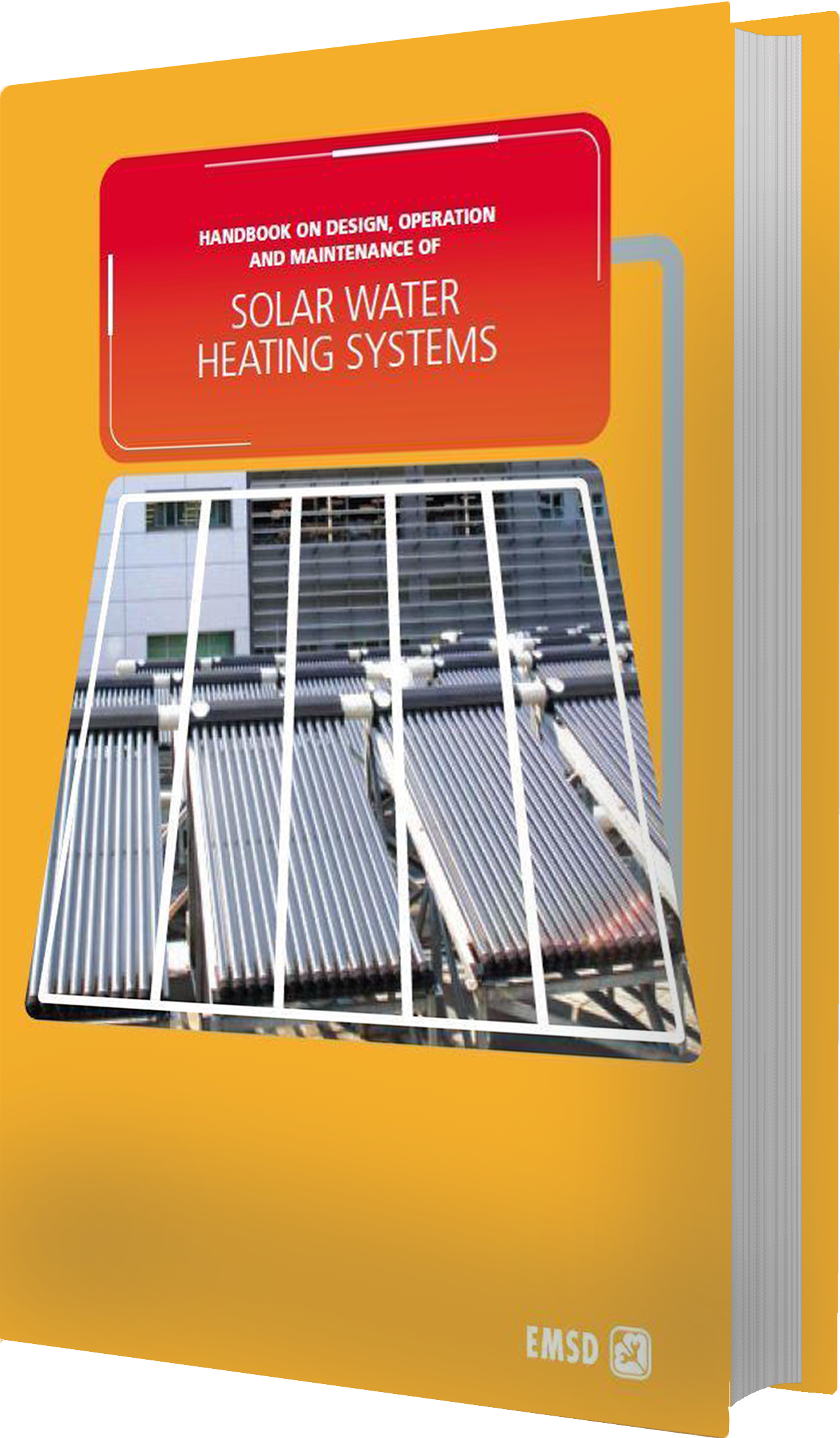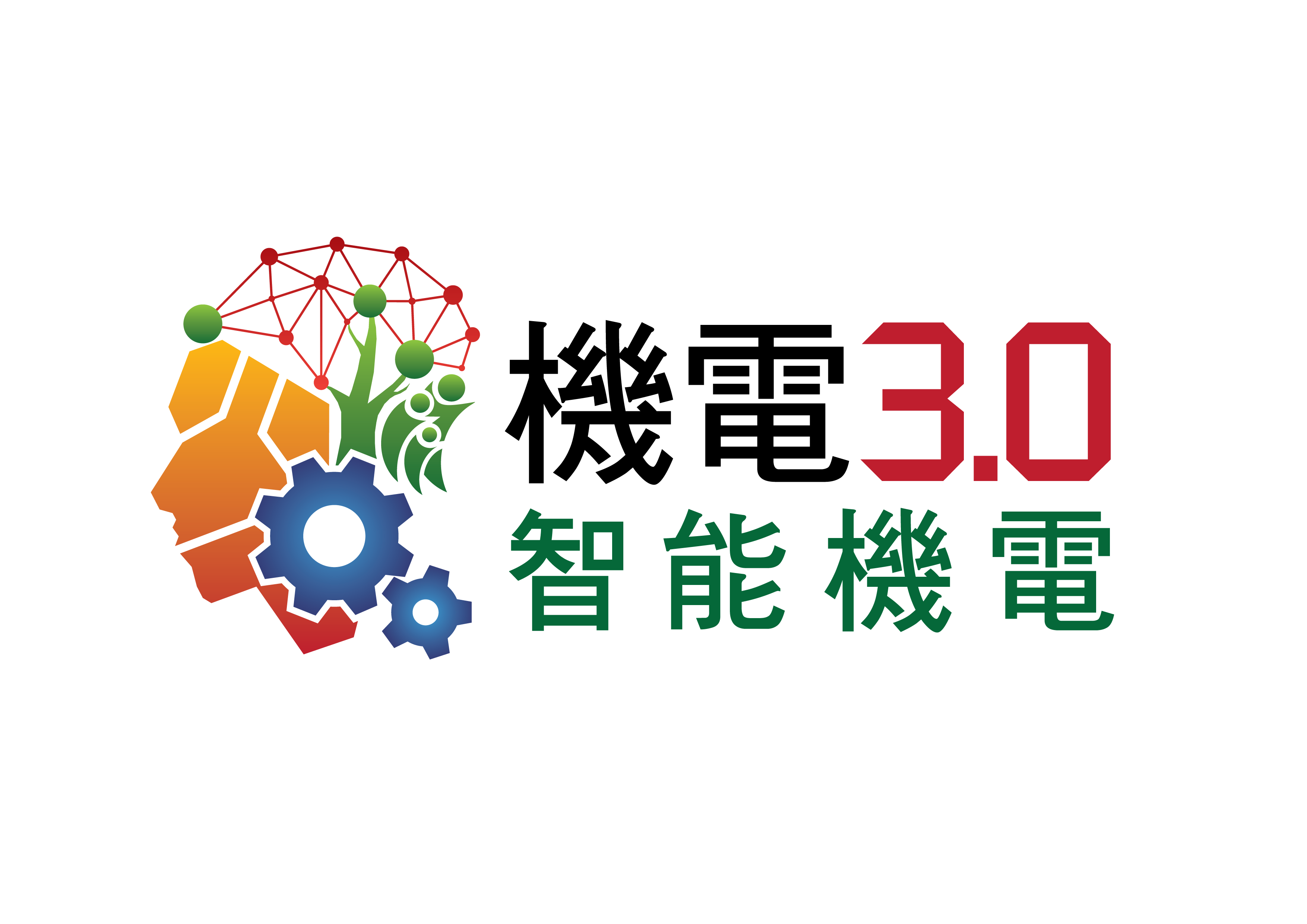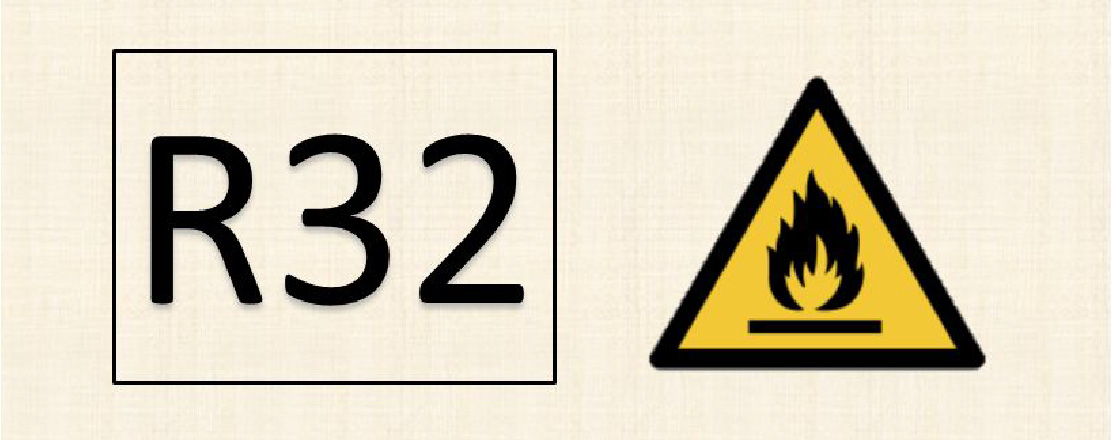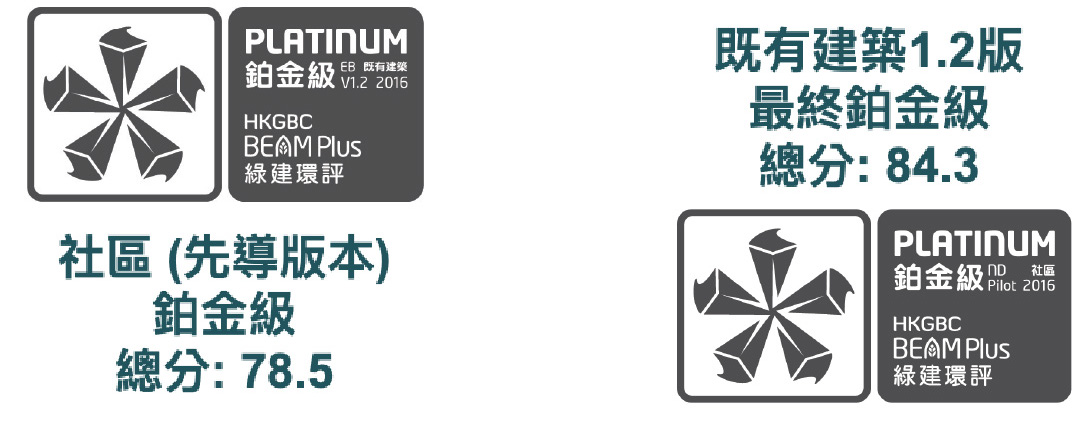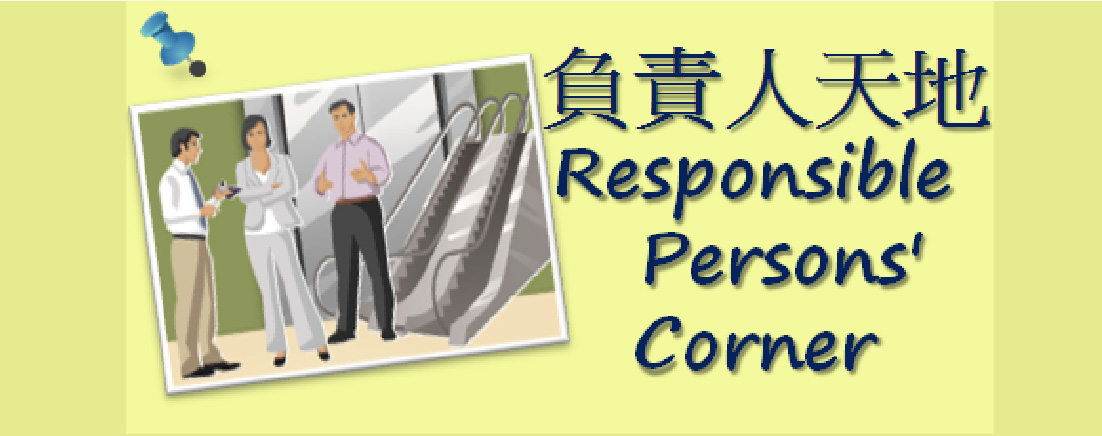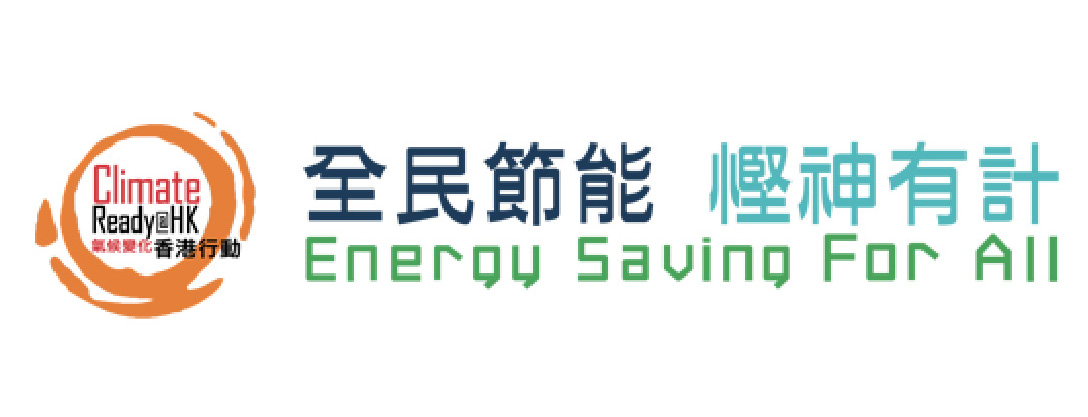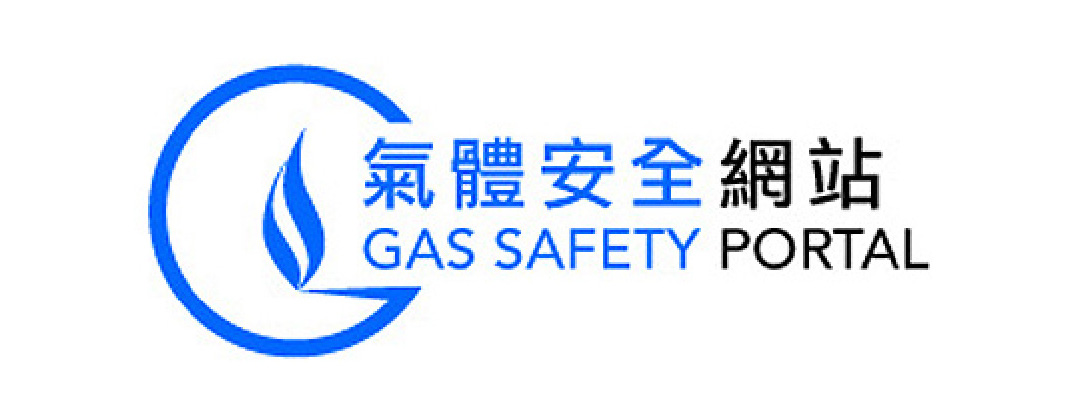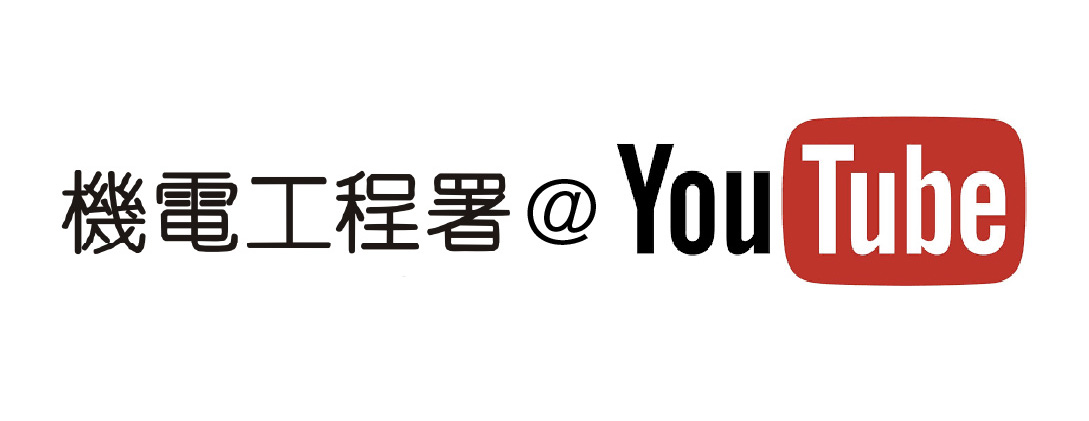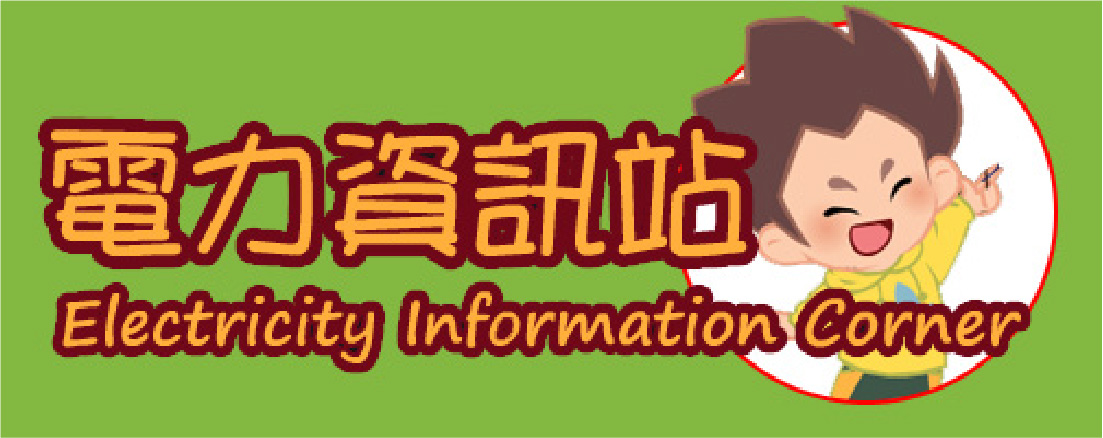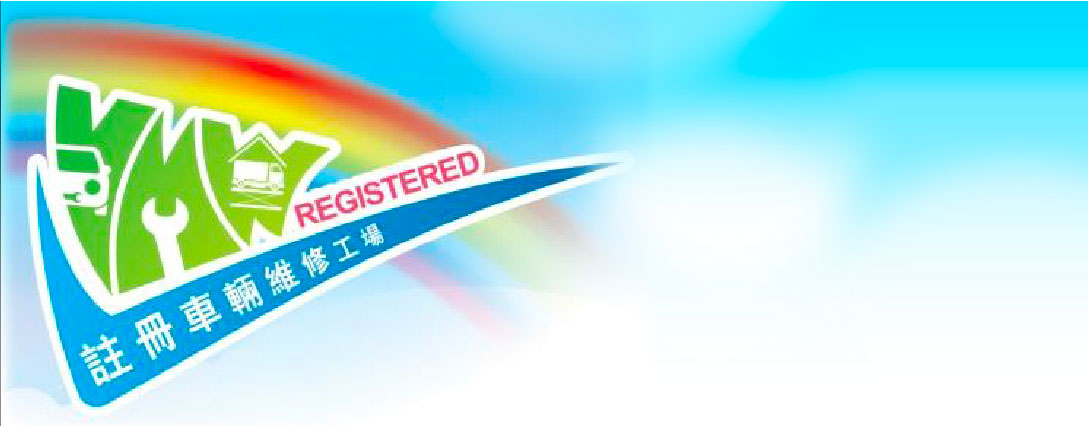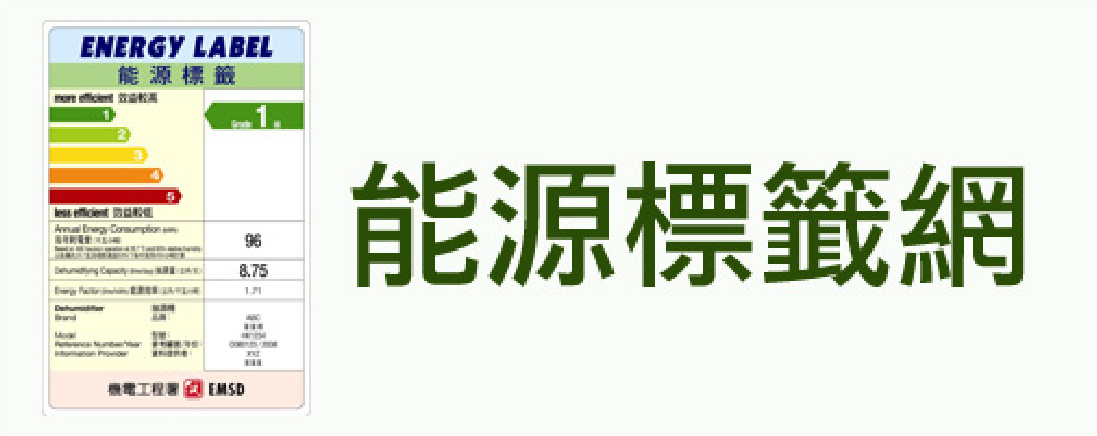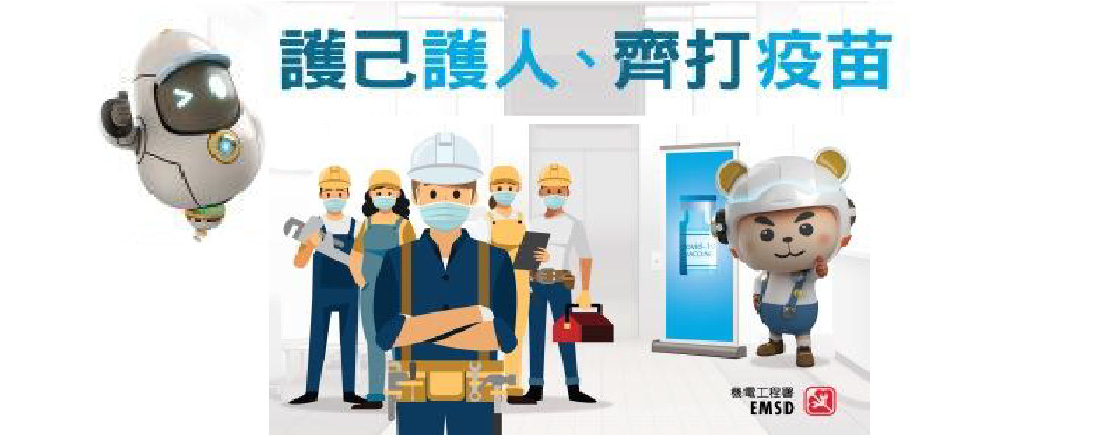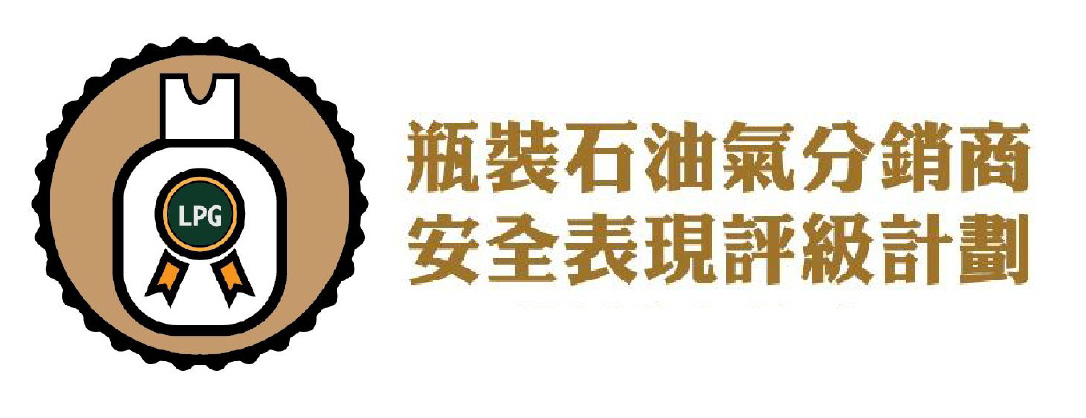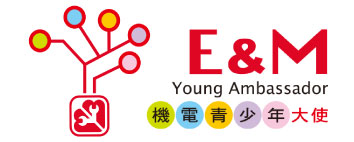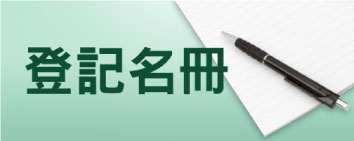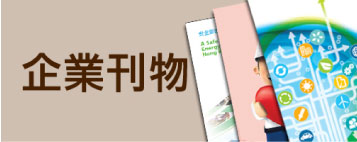1. Introduction
2. Key Model Framework
2.1
O&M Input on Design for New Building
2.2
Asset Information (Documentation)
2.3
Operation Procedures
2.4
Emergency Preparedness
2.5
Preventive Maintenance Procedures / Standards
2.6
Corrective Maintenance
2.7
Maintenance Record Management
2.8
Spare Parts Management
2.9
Addition, Alteration and Replacement (Planning and Implementation)
2.10
Incident Management
2.11
Environmental and Safety Management
2.12
Application of Technologies
2.13
Stakeholder Management
2.14
Information Management
2.15
Structure and Qualification of O&M Team
3. Innovative & Technology Initiatives
4. Industry Standards and Requirements
Introduction

1.1 About This Best Practice Booklet
This Booklet is intended to outline the guiding principles on general, good and
best practices to be considered during the design, construction, operation, maintenance, alteration,
addition and replacement for the fire service installations and equipment (FSI) in buildings to upraise
the efficiency of asset management. It is designed for those users who are currently engaged in asset
management of the FSI in existing buildings or those who plan for new design and fitting-out works with
the FSI in new buildings. This Booklet should be read in conjunction with applicable ordinances,
regulations and codes in Hong Kong, and acceptance criteria and standards of Fire Service Department
(FSD).

1.2 Target Audience
Target audiences of this Booklet are primarily for trade stakeholders including building owners, building occupants, facility management professionals, maintenance agent or relevant trade operators.
While in daily operations, the safety, system reliability, operational efficiency and sustainability of the assets rely on the daily operation and maintenance practices. In this regard, some information and recommendations to the interest of the trade stakeholders are outline in this Booklet as reference.
While in daily operations, the safety, system reliability, operational efficiency and sustainability of the assets rely on the daily operation and maintenance practices. In this regard, some information and recommendations to the interest of the trade stakeholders are outline in this Booklet as reference.

1.3 How to Use This Best Practice Booklet
This Booklet mainly covers 15 key attributes in the following stages in new andexisting buildings:
The 15 key attributes are the key mainconsiderations for achieving good or best performance in asset management of the FSI in buildings. Three levels of guiding principles, namely general, good and best practices, withassociated examples of trade practices have been defined in each key attribute as reference. Anadditional chapter on “Innovative and Technology Initiatives” has also been included about the trendof technologies likely to be adopted to upraise the operation and maintenance service.
The figure provides an illustrative map for the 15 key attributes in different sections ofthe booklet.

A summary of the contents in this booklet is as follows:
The 15 key attributes are:
• Design, Construction and Commissioning,
• Operation and Maintenanceand
• Alteration, Addition and Replacement.
• Operation and Maintenanceand
• Alteration, Addition and Replacement.
The 15 key attributes are the key mainconsiderations for achieving good or best performance in asset management of the FSI in buildings. Three levels of guiding principles, namely general, good and best practices, withassociated examples of trade practices have been defined in each key attribute as reference. Anadditional chapter on “Innovative and Technology Initiatives” has also been included about the trendof technologies likely to be adopted to upraise the operation and maintenance service.
| Level | Category | Description |
|---|---|---|
| Level 1 | General Practice | Involving general operating practices in fulfilling statutory requirements and aligningcommon practice in the trade industry |
| Level 2 | Good Practice | Involving good operating practices with higher standard on enhancing either asset safety,system reliability, operational efficiency or sustainability |
| Level 3 | Best Practice | Involving best operating practices with highest standard on asset management with use ofinnovative technologies or relevant life-cycle considerations |
The figure provides an illustrative map for the 15 key attributes in different sections ofthe booklet.

A summary of the contents in this booklet is as follows:
Section 1: Introduction to this Best Practice Booklet
Describes theimportant drivers for a building to perform efficiently and safely. This sectionexplains what this Booklet is about, identifies key stakeholders, and directs the reader to specificsections. Section 2: Key Model Framework
Describes the15 key attributes for implementing good performance operation and maintenance of FSI inbuildings. It defines three levels of practices, namely General, Good and Best practices,for each. The 15 key attributes are:
- O&M Input on Design for New Build – It is important for Design Engineers to consideraccessibility, maintainability and system compatibility right from the planning and design of afacility, through its life cycle.
- Asset Information (Documentation) – Good documentation is essential for facilitating goodoperation and maintenance. This section describes the key documents that are required for theefficient operation and maintenance, and timely statutory certification of FSI.
- Operation Procedures - All activities associated with the routine, day to day use, support, andmaintenance of a building or physical asset; inclusive of normal/routine maintenance. O&Mprocedures at the system level do not replace manufacturers' documentation for specific piecesof equipment, but rather supplement those publications and guide their use.
- Emergency Preparedness – Being prepared for emergencies is important, and emergency managementallow stakeholders to anticipate the types of potential hazards that that could occur, and tothink of ways to reduce the impact.
- Preventive Maintenance Procedures/ Standards – Preventive Maintenance consists of a series of time-based maintenancerequirements that provide a basis for planning, scheduling, and executing scheduled (plannedversus corrective) maintenance. It is of a planned nature (versus the unplanned nature ofCorrective Maintenance (CM)).
- Corrective Maintenance – This is an essential maintenance task performed to correct failures,breakdowns, malfunctions, anomalies or damages detected during inspections, or throughmonitoring, alarming, or reporting, or any other sources. The actions taken will aim to restoreplant and equipment back into regular and required operation mode.
- Maintenance Record Management – This is a key part requiring efficient storage and managementof maintenance records. Proper maintenance records minimise the number of expensive repairs,increase safeness in operation and enhance the equipment health.
- Spare Parts Management – Managing spare parts in an optimal way is an inherent and substantialpart of O&M aimed at ensuring that spare parts are available in a timely manner for correctivemaintenance in order to minimise the downtime of a system or equipment.
- Addition, Alteration and Replacement (Planning and Implementation) - This includes theanalysis, procurement, management on addition, alteration as well as disposal and replacement ofassets to meet the organisation’s long term aims and objectives.
- Incident Management – This is the essential process to restore normal service operation asquickly as possible and limit the potential disruption caused by an incident.
- Environmental and Safety Management - The Building Owner has the ultimate legal and moralresponsibility to ensure the health and safety of people in and around the building and for theprotection of the environment around it.
- Application of Technologies - Integration and adaptation of new technologies with innovativemethods to optimise system performance as well as operational effectiveness.
- Stakeholder Management – This is a critical component to the successful delivery of anyservice. It allows the correlation of stakeholders with potential known triggers, such asdisruptions to their normal patterns and update on work progress, etc. It also estimates theimpact that these reactions may have on your project or strategies and identifies whethertargeted communication, mitigation or an alternative solution is required.
- Information Management – This concerns a cycle of organisational activity involving theacquisition of information from one or more sources, and the custodianship and distribution ofthat information to those who need it.
- Structure and Qualification of O&M Team - It is of critical importance that all O&M teams havea proper structure and their personnel have the relevant qualifications to perform the works ina safe, responsible and accountable manner.
Section 3: Innovative & Technology Initiatives
Describes the latesttechnology development in the use of innovative and technology initiatives adopted for O&M servicesfor Fire Service Installations. Section 4: Industrial Standards and Requirements
Describes relevant codes andindustry standards involved in the O&M services for Fire Service Installations. 
1.4 Stakeholder Responsibilities
Trade stakeholders should be aware of their roles, responsibilities and
commitments to drive for implementation of the good and best practices, whenever applicable, for the
betterment of their routine asset management.
It is essential that all involved stakeholders shall work collaboratively as a team. While those involved for improving the current practices, they shall commit to facilitate and provide sharing on the necessary training, practical experience, knowhow and awareness of modern technology and the skills of optimising performance in their organisations.
The Building Owner has the ultimate responsibility for
operating and maintaining the base / central building services installations in adherence with all
applicable legal requirements.
The Building Owner should motivate and empower all stakeholders to deliver efficiencies through O&M practices. The policies and strategies set by the Building Owner should drive the process for setting up the implementation of maintenance contracts and efficiency measures.
Tenants hold the responsibility to
ensure that the operation of the equipment is efficient, human behavioural patterns do not affect the
efficiency of the FSI, and that work carried out during tenancy fit-outs does not affect the performance
of base building services installations.
Tenants should adhere to the lease conditions when available, including Green Leases and Tenancy Fit-Out Guidelines, that express mutual expectations between Building Owners and Tenants with regards to operation, maintenance and performance requirements of the building.
The Facilities Manager (FM) is responsible for
implementation of the maintenance and environmental policies and strategies set by the Building Owner in
accordance with the allocated resources. The FM must take on the role of the champion who leads the
process for implementing changes that deliver better practices for the O&M of the building.
It is important for the FM to develop a maintenance regime that is geared towards delivering good outcomes in partnership with Maintenance Service Providers, who would benefit from the enhanced system reliability and secure safe operation. Forming good relationships and ensuring effective channels of communication, including good documentation of asset information and O&M activities, is an important aspect to the process.
It is essential that all involved stakeholders shall work collaboratively as a team. While those involved for improving the current practices, they shall commit to facilitate and provide sharing on the necessary training, practical experience, knowhow and awareness of modern technology and the skills of optimising performance in their organisations.
1.4.1 Building Owner
The Building Owner should motivate and empower all stakeholders to deliver efficiencies through O&M practices. The policies and strategies set by the Building Owner should drive the process for setting up the implementation of maintenance contracts and efficiency measures.
1.4.2 Building Occupants (Tenants)
Tenants should adhere to the lease conditions when available, including Green Leases and Tenancy Fit-Out Guidelines, that express mutual expectations between Building Owners and Tenants with regards to operation, maintenance and performance requirements of the building.
1.4.3 Facilities Manager
It is important for the FM to develop a maintenance regime that is geared towards delivering good outcomes in partnership with Maintenance Service Providers, who would benefit from the enhanced system reliability and secure safe operation. Forming good relationships and ensuring effective channels of communication, including good documentation of asset information and O&M activities, is an important aspect to the process.
Subscribe for future updates
In order to subscribe to the newsletter or to activate e-mail notifications and content updates, you can follow few simple steps described below.It allows users to receive customized e-mail notifications when content is added or modified in EMSD.
Subscribe
x
Subscribe for future updates
We will only send you emails about the update that you subscribe to, and you can unsubscribe at any time.
